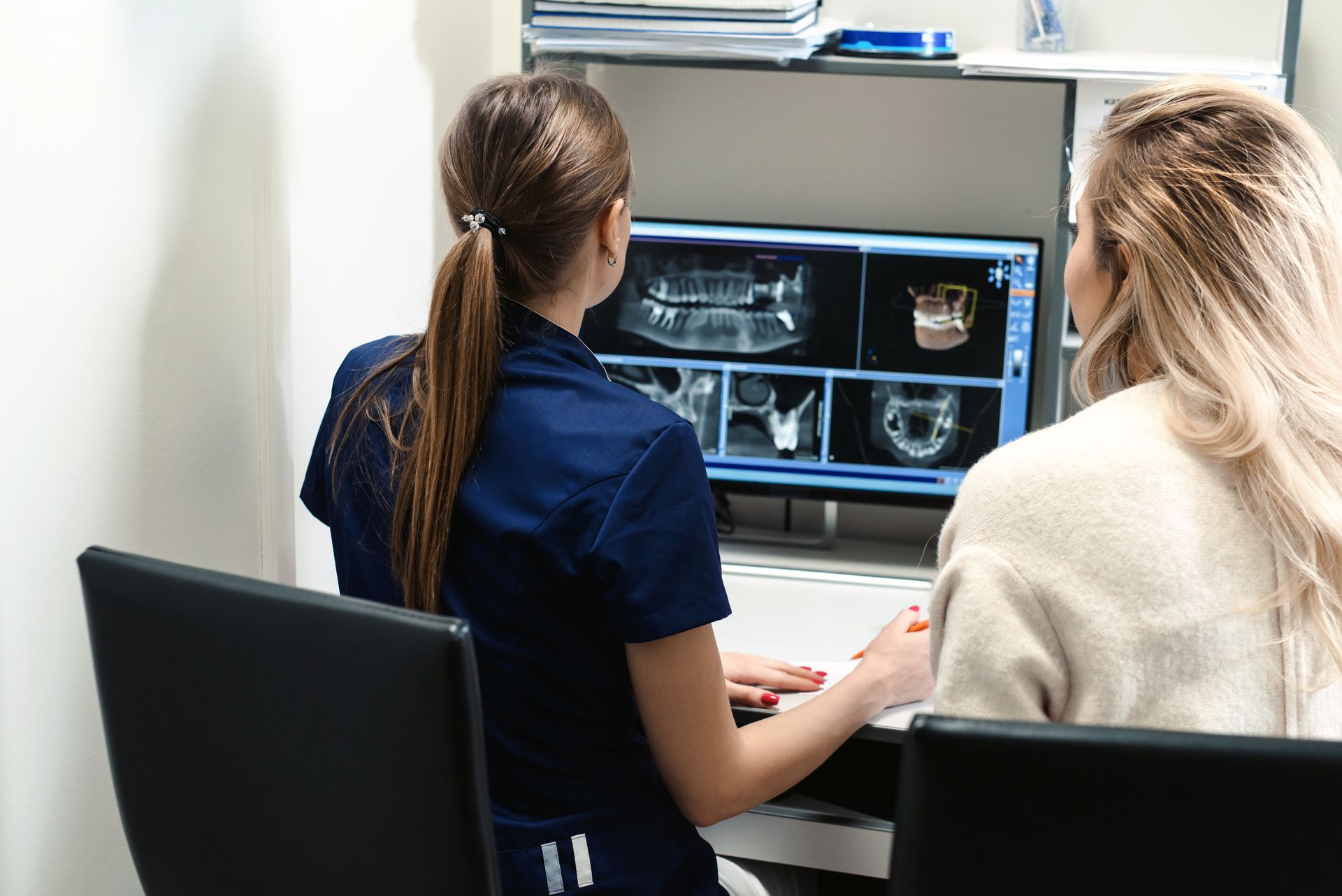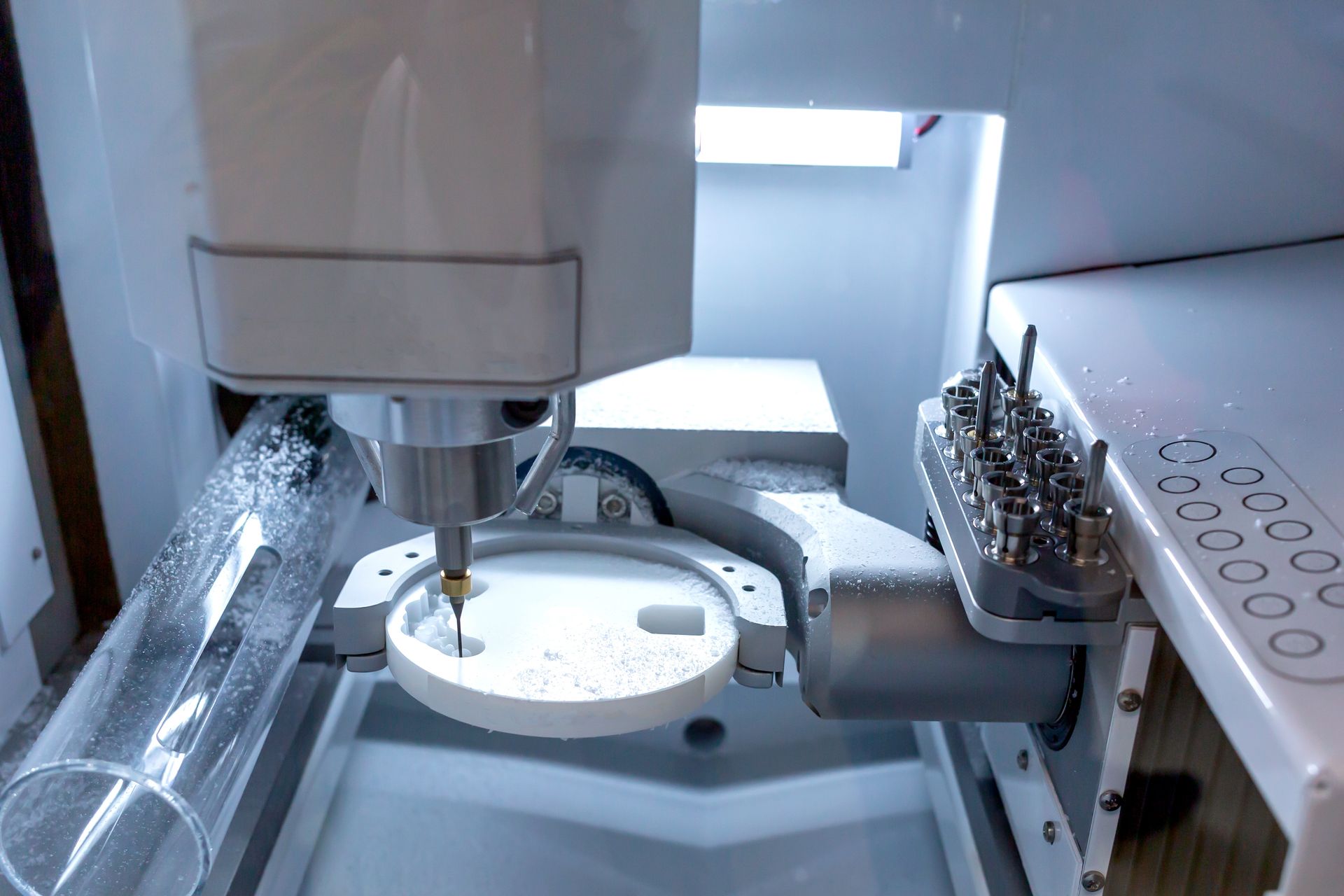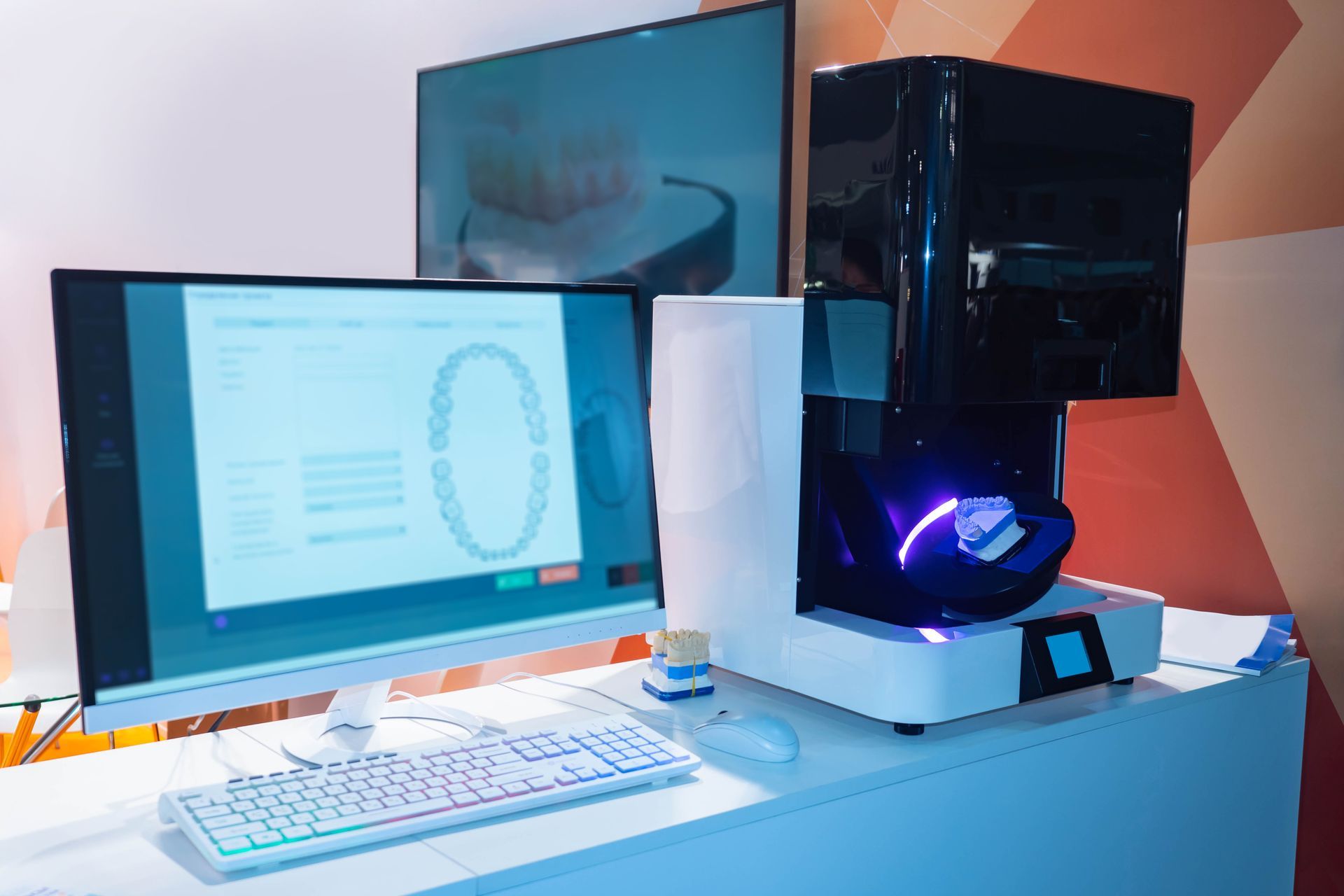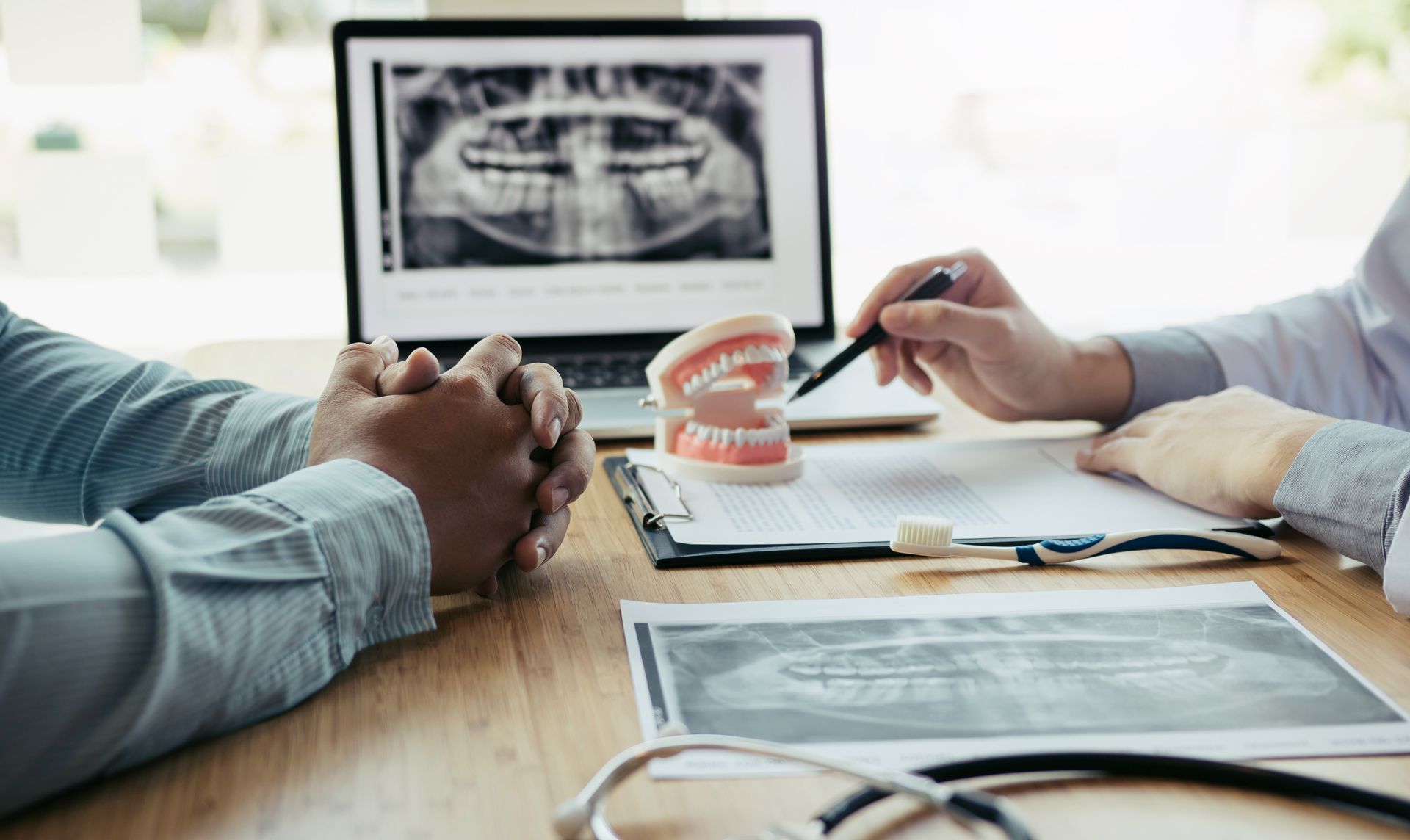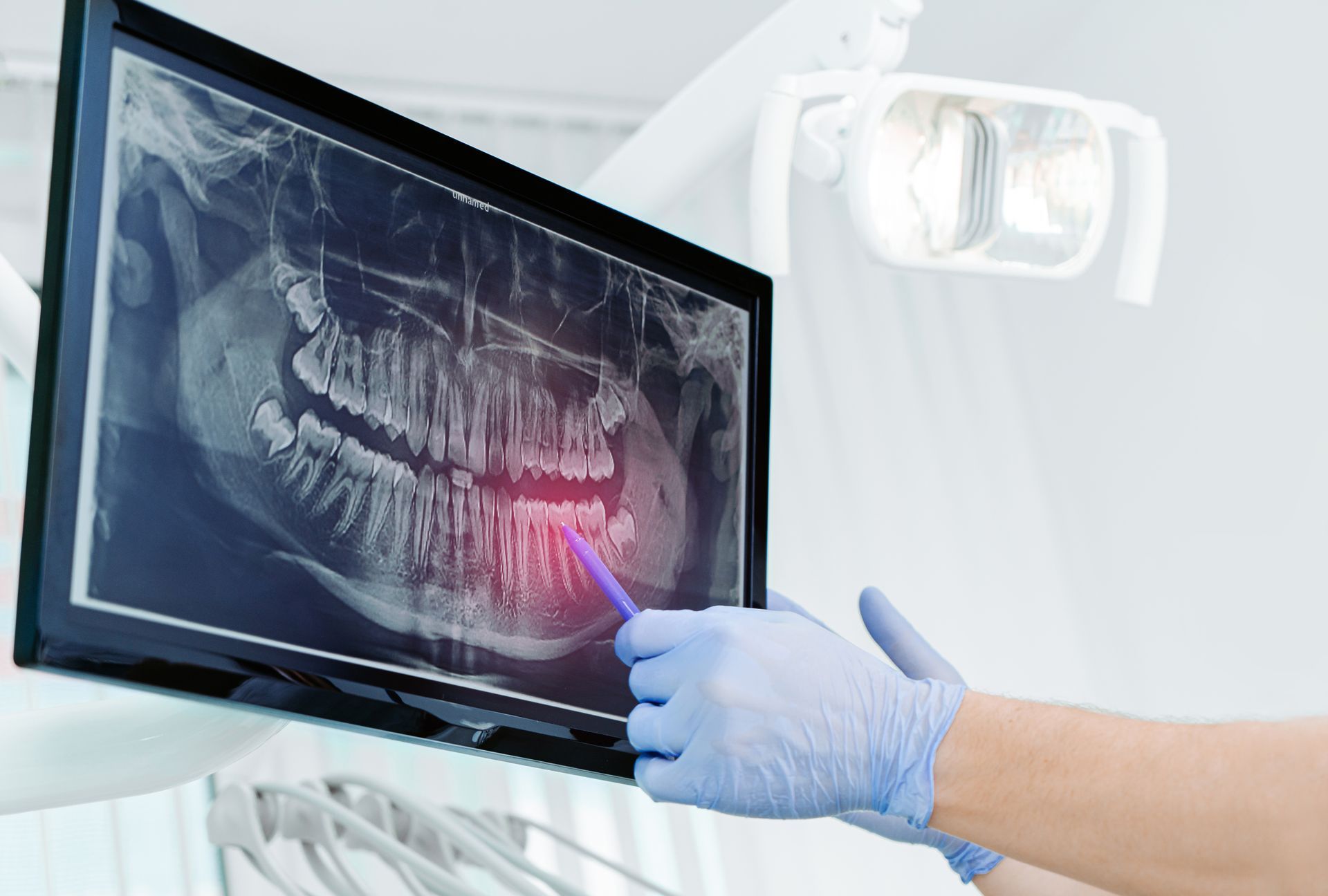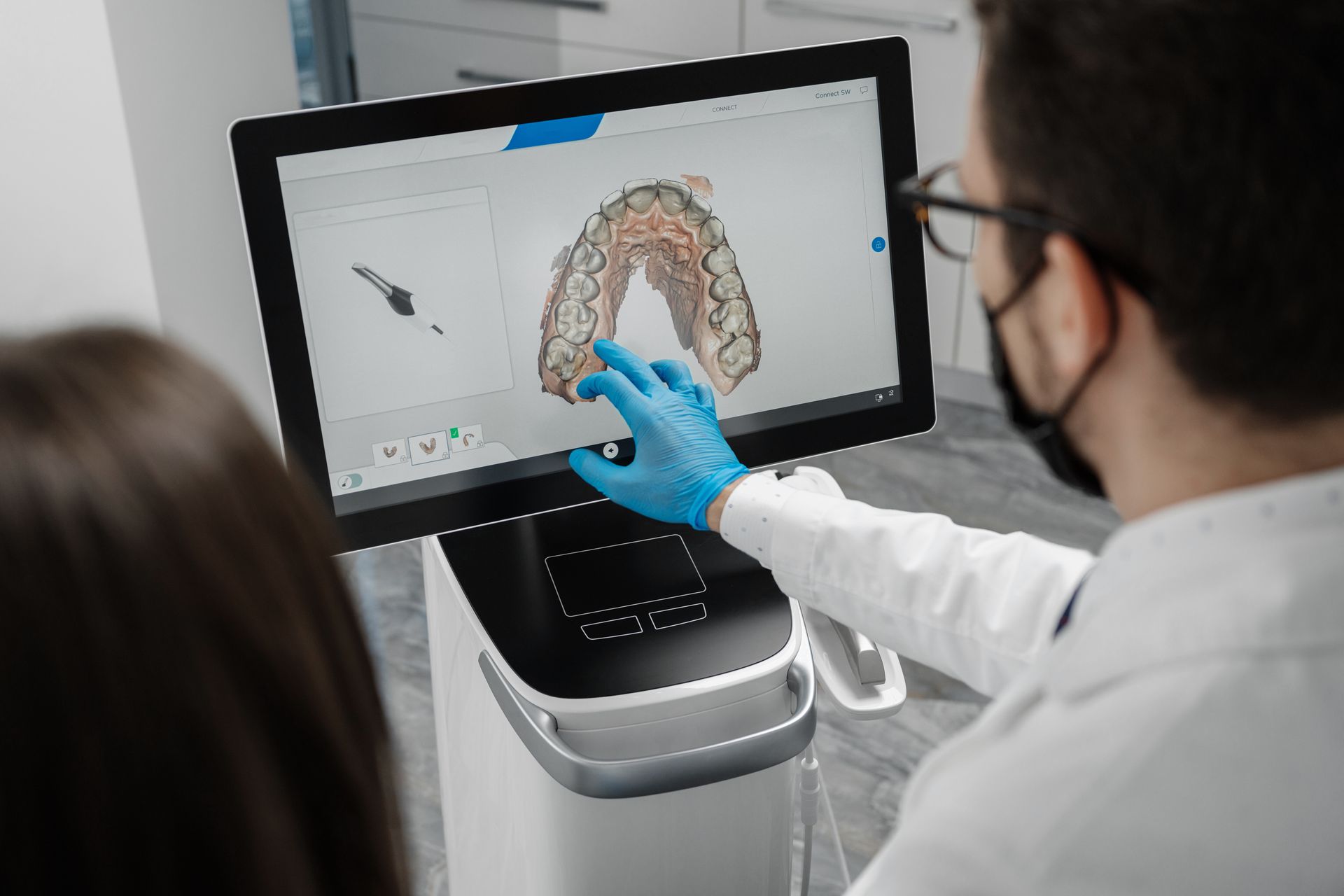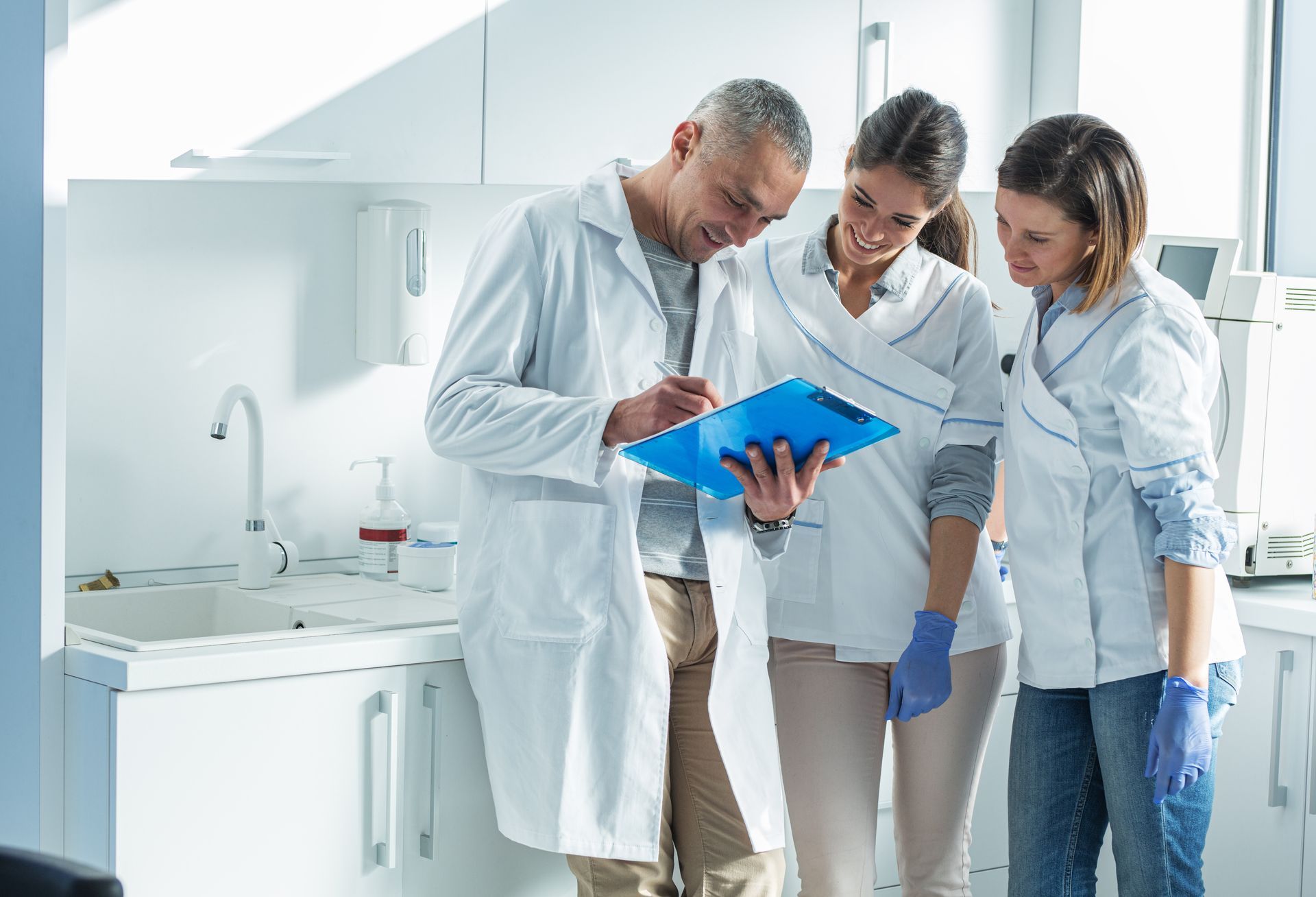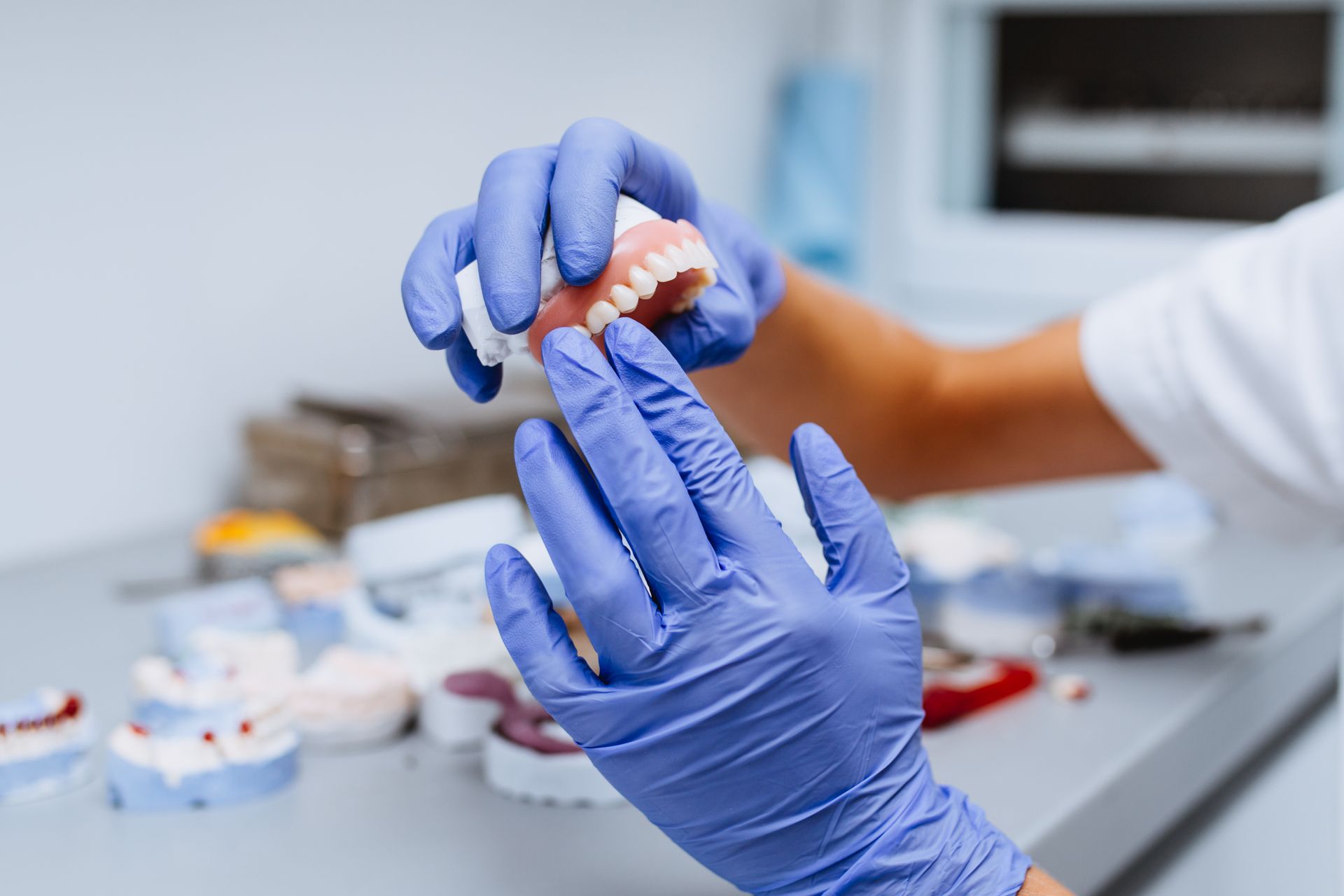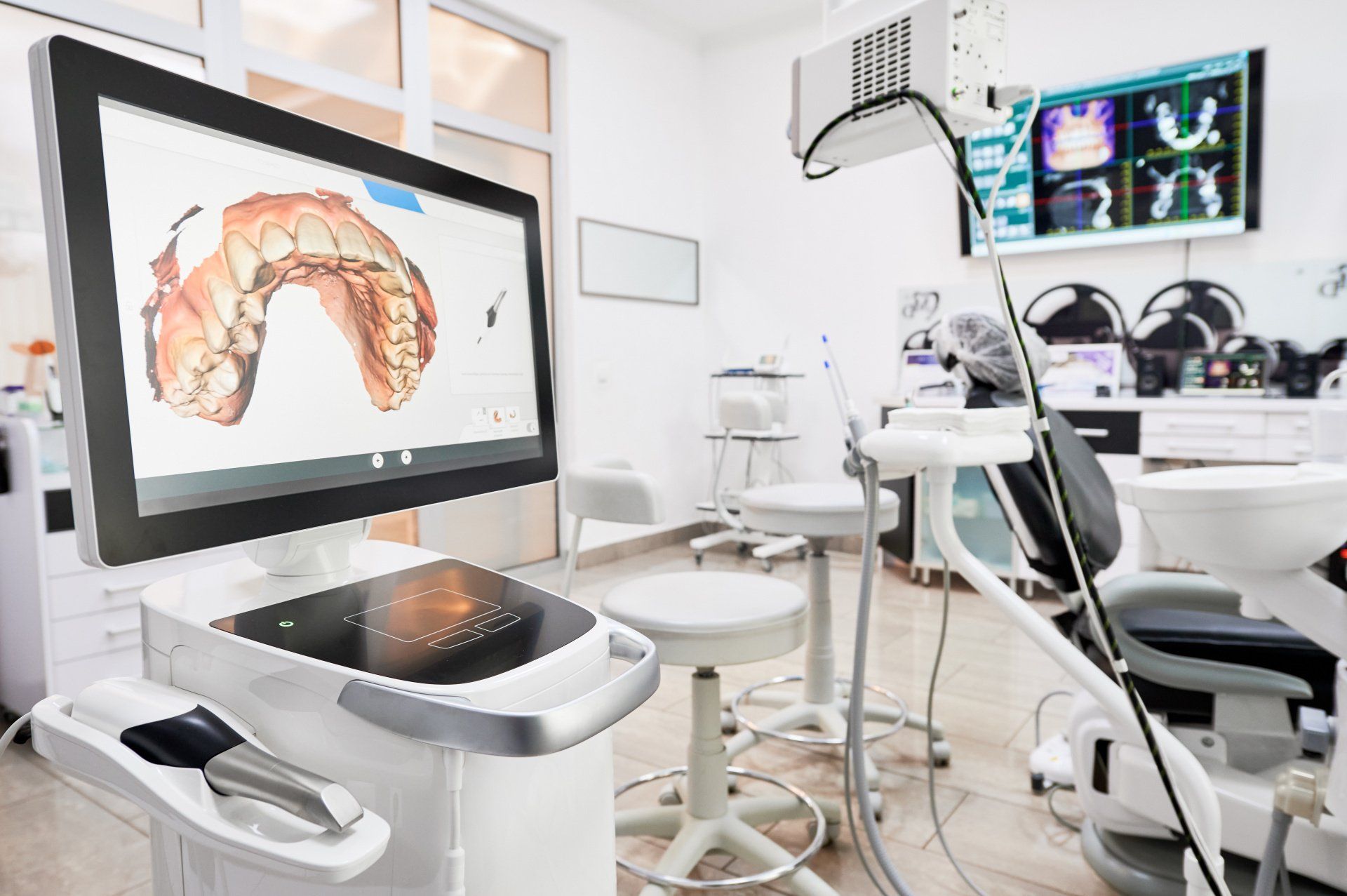Intraoral scanners in dentistry: how they're changing the field
Intraoral scanners are changing the field of dentistry. Their digital scanning and 3D printing capabilities make it easier for dentists to get an accurate picture of a patient's teeth. This allows for more precise diagnoses and treatment plans, leading to better patient outcomes. If you're curious about intraoral scanners and how they're changing dentistry, keep reading!
Topics Covered:
- What are intraoral scanners and what do they do?
- How have intraoral scanners changed dentistry for the better?
- What are some of the benefits of using an intraoral scanner in your dental practice?
- Are there any drawbacks to using intraoral scanners in dentistry?
- How can you get started using intraoral scanners in your own dental practice?
What are intraoral scanners and what do they do?
Intraoral scanners are high-tech devices that are used to create digital impressions of teeth. They are often used by dentists and orthodontists in order to create a detailed digital impression and an accurate model of patients' mouths. In order to use an intraoral scanner, the dental technician will first apply a special gel to the teeth. The gel helps to conduct the scanner's electrical impulses, which are then used to create a 3D image of the mouth. Once the intraoral scan is complete, the dental technician can use the digital model to create custom dental appliances or plan complex dental procedures. Intraoral scanners represent the latest in dental technology and offer many advantages over conventional impressions and other traditional methods of creating dental models. Digital impression taking with intra-oral scanners is faster, more accurate, and less messy than traditional methods, and they allow practitioners to obtain detailed images of hard-to-reach areas of the mouth.

How have intraoral scanners changed dentistry for the better?
Intraoral scanners are a game-changer for the dental industry. With this technology, dentists can evolve into digital dentistry and take accurate 3D images of teeth and gums, which provide digital impressions that can be used for diagnostics and treatment planning. This is a huge improvement over traditional methods like X-rays and conventional impression techniques, which are often inaccurate and uncomfortable for patients. In addition, intraoral scanners allow dentists to quickly and easily share images with colleagues, a digital dental lab or insurance companies. This makes it easier to get approvals for treatments, and create dental prosthetics such as dental implants and fixed partial dentures, and it can speed up the overall treatment process. Overall, intraoral scanners are making dental care more efficient and effective, and they are improving the patient experience.
What are some of the benefits of using an intraoral scanner in your dental practice?
As digital dentistry technology advances, more dental practices are incorporating intraoral scanners into their workflow. There are many benefits to using this type of digital dentistry technology, including increased accuracy, efficiency, and patient comfort.
Perhaps the most obvious benefit of intraoral scanning is the increased accuracy it can provide. When taking manual impressions, it is easy for even the most experienced clinician to make slight errors. However, intraoral scanners capture extremely detailed 3D images of the teeth and gums, allowing for a much more precise final product. This can be critical when fabricating crowns, bridges, and other dental prosthetics.
In addition to increased accuracy, intraoral scanners can also help improve dental office efficiency. The traditional impression-taking process is time-consuming and often requires multiple appointments. An intraoral scanner allows impressions to be taken quickly and easily in a single visit. This not only saves time for the dental team but also helps to reduce appointment times for patients.
Finally, intraoral scanners are much more comfortable for patients than traditional impression-taking methods. Many people find the experience of having their mouth filled with putty unpleasant and even claustrophobic. Unlike conventional impressions, digital impressions cause less patient discomfort. With an intraoral scanner, there is no need for conventional impressions, making the overall experience much more pleasant for patients.
As you can see, there are many advantages to using an intraoral scanner in your dental practice. From increased accuracy to improved efficiency and patient comfort, this type of technology can positively impact your business in multiple ways.
Are there any drawbacks to using intraoral scanners in dentistry?
These devices offer a number of advantages over traditional methods of taking dental impressions, including greater accuracy, less discomfort for patients, and shorter appointment times. However, there are also some potential drawbacks to using intraoral scanners. Some disadvantages include:
- High Cost for Dental Practice. The initial cost of investing in an intraoral scanner can be high for dental practices. The price of the device itself as well as any associated software and training costs can add up quickly. Some dental labs offer free intral oral scanners with partnering with them for fulfilling dental lab orders.
- Using an intraoral scanner requires a certain level of technical expertise. Intra oral scanners require a high level of skill and training to use effectively. Many dentists find that the learning curve is too steep, which can lead to frustration and decreased efficiency in the clinic. As mentioned before, dental labs like Vitality Technologies provide free training to help onboard new dental offices.
- Patient Discomfort. While intraoral scanners are generally more comfortable for patients than traditional impression-taking methods, some people still find them uncomfortable. This is usually due to the fact that they require holding still for an extended period of time while the scanner does its work.
Despite these potential drawbacks, intraoral scanners offer many benefits that outweigh the negatives. These devices are becoming increasingly popular in dental practices worldwide, as they offer a more efficient and accurate way to take dental impressions. If you are considering investing in an intraoral scanner for your practice, be sure to do your research to find the best device for your needs. You may also want to partner with a dental lab that can offer training and support to help you get started.
Get Started With Intral Oral Scanners
Vitality Technologies is a digital dental lab that offers free intraoral scanners to qualifying dental practices. We believe that this technology can revolutionize the way dentistry is practiced, and we are committed to helping our partner offices succeed. To learn more about our program, contact us today. We would be happy to answer any questions you have and help you get started with intraoral scanning in your practice.
